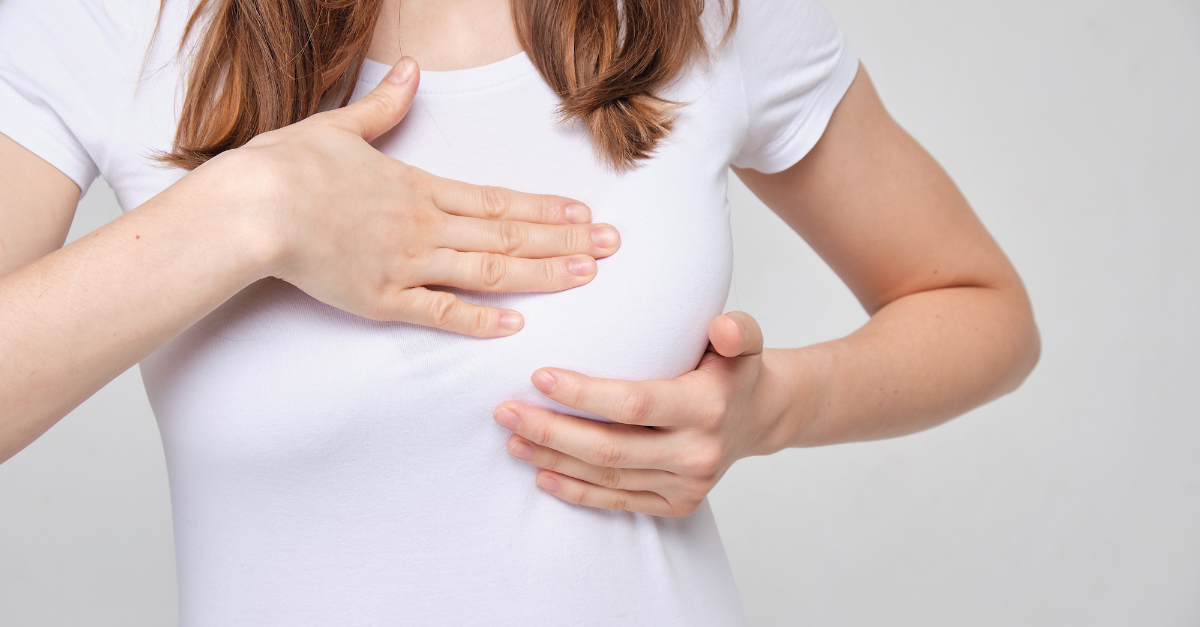What is Breast Tenderness?
Breast tenderness is a common symptom in women. It can be caused by a number of factors.
Breast tenderness is the feeling of pain or discomfort in the breasts, which can be caused by a number of factors. it is often considered to be one of the first signs that a woman’s body is preparing for pregnancy.
Breast tenderness can also occur during ovulation, menstruation, or as a result of hormonal changes due to menopause or other medical conditions such as fibrocystic breast disease and breast cancer.
What Causes Breast Sensitivity?
Breast sensitivity is a common condition that can be caused by many factors. It is not a disease, but rather a symptom of an underlying condition.
Breast sensitivity can be caused by any of the following:
– Hormonal changes in the body, such as during puberty or pregnancy
– Changes in breast tissue due to weight loss or gain, hormonal changes, or breastfeeding
– A reaction to certain medications such as birth control pills or antibiotics
How to Treat Breast Tenderness?
Breast tenderness is a common symptom of many different conditions. It can be caused by hormonal changes, pregnancy, breastfeeding, or even just a bad bra. it is often caused by hormonal changes in the body that occur during puberty and menstruation cycles.
Breast tenderness may also be caused by pregnancy or breastfeeding. Breast pain may also be due to wearing an ill-fitting bra that doesn’t provide enough support for the breasts. .How to Treat Breast Tenderness:
1. Take a hot shower or bath
2. Apply lotion to affected area
3. Ice the affected area
4. Support the breast with a wrap or breast pad
Understanding the Basics on Breast Tenderness and Ovulation
The menstrual cycle is a process that starts with the menstrual bleeding and ends with the menstrual bleeding. The cycle is divided into two phases: the follicular phase and the luteal phase.
The follicular phase lasts from day 1 to day 14 of a woman’s cycle. During this time, estrogen levels are low and progesterone levels are high. This is when breast tenderness can occur, which may be an early sign of ovulation.
The luteal phase lasts from day 15 to day 28 of a woman’s cycle. During this time, estrogen levels are high and progesterone levels are low. This is when ovulation symptoms can occur, which may be an early sign of pregnancy.
Symptoms of Breast Tenderness and Ovulation in Early Pregnancy
Pregnancy is a time of great joy and excitement. However, it can also be a time of confusion and uncertainty. One way to ease the confusion is to know what the early signs of pregnancy are.
The first sign of pregnancy is breast tenderness. This symptom usually starts about 2 weeks before ovulation, but it can start as early as 1 week before ovulation. Breast tenderness may be mild or severe, and it may last for a few days or for several weeks at a time.
Another early sign of pregnancy is ovulation pain. Ovulation pain typically starts about 2 weeks before ovulation, but it can start as early as 1 week before ovulation. It usually lasts for only one day and occurs on the day that you are most likely to release an egg from your ovaries (ovulate).
Symptoms of Ovulation During the Luteal Phase of Your Cycle
The luteal phase is the second half of your menstrual cycle. It starts on the day after ovulation and ends when your period starts. The luteal phase is also called the secretory phase because it’s when your body produces progesterone and estrogen to prepare for pregnancy.
Ovulation during the luteal phase can be difficult to detect because it happens so close to menstruation. However, there are a few symptoms that may indicate you’ve ovulated:
-You have a sudden change in mood or energy levels
-Your breasts become tender
-You have a sudden change in appetite
-You experience abdominal cramps
Conclusion: How to Use Your Own Body as a Clue for Conception Dates & Window Periods
The ovulatory window period is the time span in which a woman is most likely to conceive.
A woman’s body provides clues about when she may be ovulating and when she may be fertile. These clues include changes in her cervical mucus, basal body temperature, and cervix position.

